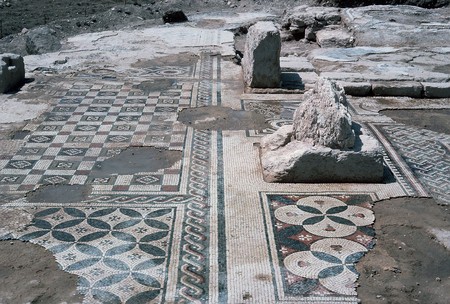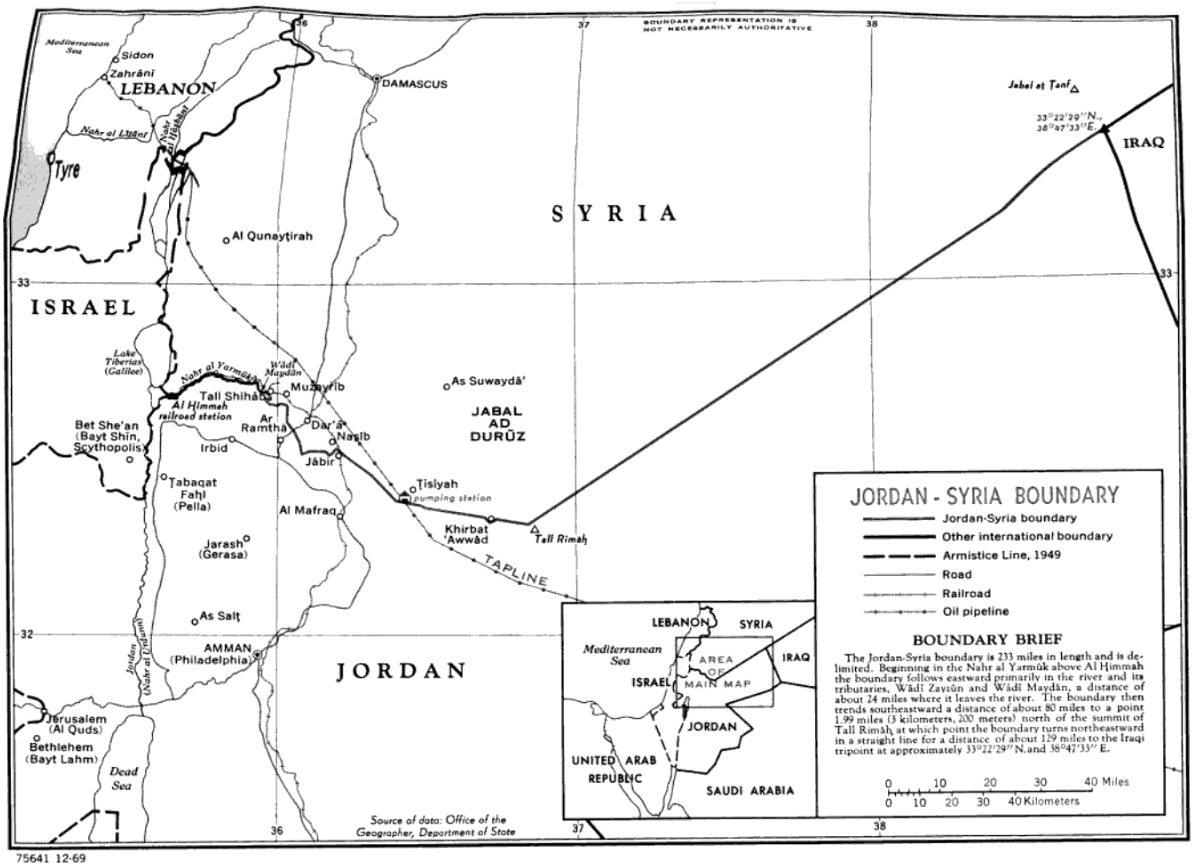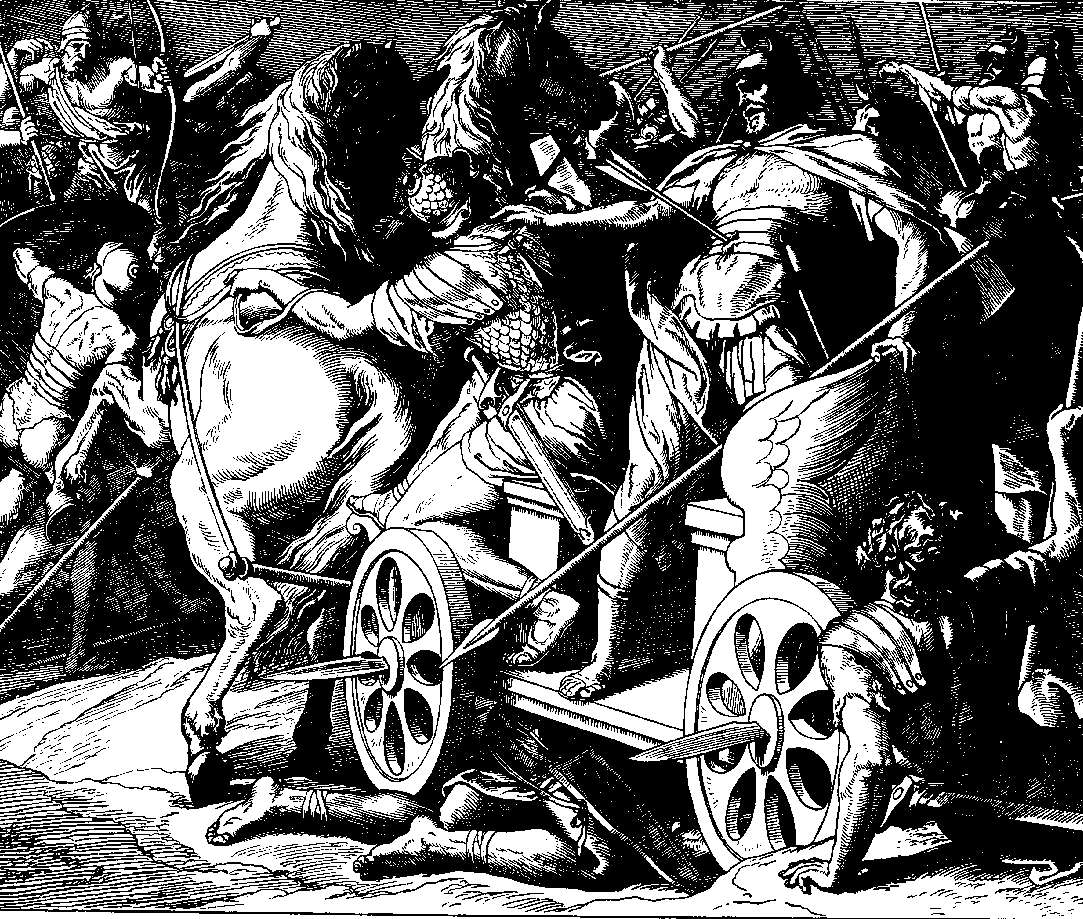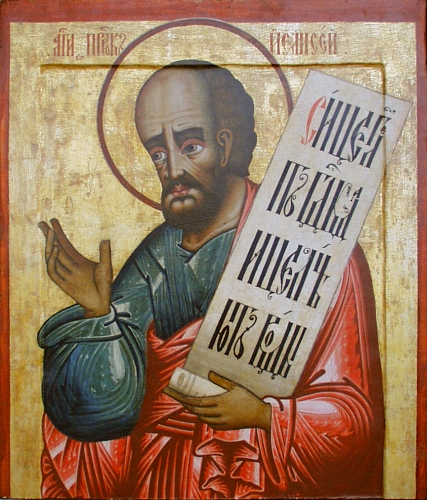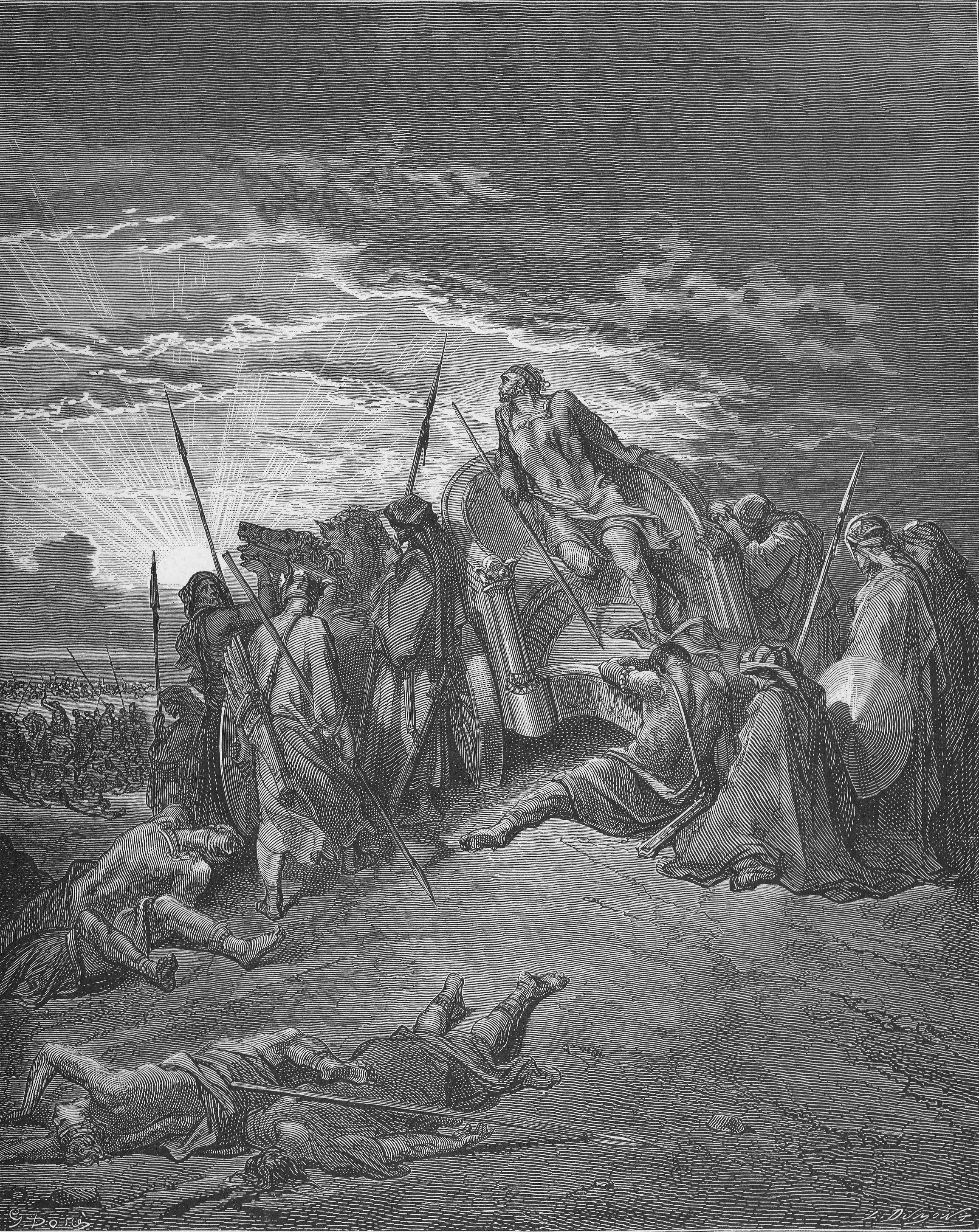|
Ar-Ramtha
Ar-Ramtha ( ar, الرَّمثا, ar-Ramṯā), colloquially transliterated as Ar-Romtha ( ar, الرُّمثا, ar-Rumṯā), is a city situated in the far northwest of Jordan near the border with Syria. It covers 40 km2 on a plain 30 km northeast of the Jordan River and Irbid. In the 2017, Ar-Ramtha had a population of approximately 164,211, making it the eleventh largest city in Jordan, and the second in Irbid Governorate, and the city has grown since then. It is part of the Ar-Ramthā district of the Irbid Governorate. Etymology The origin of the name Ar-Ramtha is debated. Some claim it is named after a local desert plant, al-ramath ( ar, الرمثا). Many biblical archaeologists identify Ar-Ramtha with the ancient Israelite city of Ramoth-Gilead, Hebrew for "Heights of Gilead"; in that case, the present-day Arabic name might preserve the Biblical Hebrew one. During the Roman and Byzantine periods, Ar-Ramtha was known as Ramatha. History Prehistory The stabl ... [...More Info...] [...Related Items...] OR: [Wikipedia] [Google] [Baidu] |
Irbid Governorate
Irbid or Irbed ( ar, إربد) is a governorates of Jordan, governorate in Jordan, located north of Amman, the country's capital. The capital of the governorate is the city of Irbid. The governorate has the second largest population in Jordan after Amman Governorate, and the highest population density in the country. History Iron Age During the Iron Age, the region around Irbid, known then as Gilead, was settled by the Israelites. Ar-Ramtha, the second largest city in the Irbid Governorate, is commonly identified with the Israelite city of Ramoth-Gilead, a Levitical city and city of refuge east of the Jordan River, mentioned several times in the Hebrew Bible. By the late Iron Age, Gilead became the focus of a power struggle between the Kingdom of Israel (united monarchy), Kingdom of Israel and the Arameans, Aramean kingdom of Aram-Damascus. According to the 4 Kings, Book of Kings, Ramoth-Gilead was the location of a battle between Kingdom of Israel (Samaria), Kingdom of Israel ... [...More Info...] [...Related Items...] OR: [Wikipedia] [Google] [Baidu] |
Jordan–Syria Border
The Jordan–Syria border is 362 km (225 m) in length and runs from the tripoint with Israel in the west to the tripoint with Iraq in the east. Description The border starts in the west at the tripoint with Israel, though the precise location of the tripoint is it at present unclear owing to the Israeli occupation of the Golan Heights, which are claimed by Syria. The ''de jure'' tripoint lies immediately east of the Israeli town of Sha'ar HaGolan, whereas the ''de facto'' tripoint lies at the border's junction with the United Nations UNDOF Zone south-east of Metzar. The Jordan-Golan Heights border runs along the Yarmouk River, and this river then continues as the westernmost section of the Jordan–Syria border proper. The border leaves the river just east of Et Turra, and a series of irregular and short straight lines then proceeds to the south-east, passing between Ar Ramtha and Daraa across the Daraa Border Crossing and on to the Nasib Border Crossing on the Amman– ... [...More Info...] [...Related Items...] OR: [Wikipedia] [Google] [Baidu] |
Ramoth-Gilead
Ramoth-Gilead ( he, רָמֹת גִּלְעָד, meaning "Heights of Gilead"), was a Levitical city and city of refuge east of the Jordan River in the Hebrew Bible, also called "Ramoth in Gilead" (; ; ) or "Ramoth Galaad" in the Douay–Rheims Bible. It was located in the tribal territorial allotment of the tribe of Gad. Biblical events According to (), Ramothgilead was the base of Ben-Geber, one of King Solomon's regional governors. He was responsible for ("to him belonged") the towns of Jair the son of Manasseh, in Gilead and the region of Argob in Bashan: sixty large cities with walls and bronze gate-bars. It appears to have been lost to Syria (Aram-Damascus) during the battles between the northern kingdom of Israel and Syria, as Ahab, King of Israel, proposed to go to battle to win it back. After consulting prophets about the prospects of success, Ahab went to fight for Ramoth in Gilead, aided by Jehoshaphat, King of Judah. During the battle, Ahab was wounded by an arrow. ... [...More Info...] [...Related Items...] OR: [Wikipedia] [Google] [Baidu] |
Israelite
The Israelites (; , , ) were a group of Semitic-speaking tribes in the ancient Near East who, during the Iron Age, inhabited a part of Canaan. The earliest recorded evidence of a people by the name of Israel appears in the Merneptah Stele of ancient Egypt, dated to about 1200 BCE. According to the modern archaeological account, the Israelites and their culture branched out of the Canaanite peoples and their cultures through the development of a distinct monolatristic—and later monotheistic—religion centred on the national god Yahweh.Mark Smith in "The Early History of God: Yahweh and Other Deities of Ancient Israel" states "Despite the long regnant model that the Canaanites and Israelites were people of fundamentally different culture, archaeological data now casts doubt on this view. The material culture of the region exhibits numerous common points between Israelites and Canaanites in the Iron I period (c. 1200–1000 BCE). The record would suggest that the Israe ... [...More Info...] [...Related Items...] OR: [Wikipedia] [Google] [Baidu] |
Spread Of Islam
The spread of Islam spans about 1,400 years. Muslim conquests following Muhammad's death led to the creation of the caliphates, occupying a vast geographical area; conversion to Islam was boosted by Arab Muslim forces conquering vast territories and building imperial structures over time. Most of the significant expansion occurred during the reign of the Rashidun from 632 to 661 CE, which was the reign of the first four successors of Muhammad. These early caliphates, coupled with Muslim economics and trading, the Islamic Golden Age, and the age of the Islamic gunpowder empires, resulted in Islam's spread outwards from Mecca towards the Indian, Atlantic, and Pacific Oceans and the creation of the Muslim world. Trade played an important role in the spread of Islam in several parts of the world, especially Indian traders in Southeast Asia.Berkey, pg. 101-102 Muslim dynasties were soon established and subsequent empires such as those of the Umayyads, Abbasids, Mamluks, ... [...More Info...] [...Related Items...] OR: [Wikipedia] [Google] [Baidu] |
Elisha
Elisha ( ; or "God is my salvation", Greek: , ''Elis îos'' or , ''Elisaié,'' Latin: ''Eliseus'') was, according to the Hebrew Bible, a prophet and a wonder-worker. His name is commonly transliterated into English as Elisha via Hebrew, Eliseus via Greek and Latin, or Alyasa via Arabic, and Elyasa or Elyesa via Turkish. Also mentioned in the New Testament and the Quran, Elisha is venerated as a prophet in Judaism, Christianity and Islam and writings of the Baháʼí Faith refer to him by name. Before he settled in Samaria, Elisha passed some time on Mount Carmel. He served from 892 until 832 BC as an advisor to the third through the eighth kings of Judah, holding the office of "prophet in Israel". He is called a patriot because of his help to soldiers and kings. In the biblical narrative, he is a disciple and protégé of Elijah, and after Elijah was taken up in a whirlwind, Elisha received a double portion of his power and he was accepted as the leader of the sons of t ... [...More Info...] [...Related Items...] OR: [Wikipedia] [Google] [Baidu] |
Jehu
) as depicted on the Black Obelisk of Shalmaneser III , succession = King of Northern Israel , reign = c. 841–814 BCE , coronation = Ramoth-Gilead, Israel , birth_date = c. 882 BCE , death_date = c. 814 BCE , burial_place = Samaria, Kingdom of Israel , predecessor = Jehoram , successor = Jehoahaz , issue = Jehoahaz , father = Jehoshaphat Jehu ( he, יֵהוּא, translit=Yēhūʾ, meaning " Yahu is He"; akk, 𒅀𒌑𒀀 ''Ya'úa'' 'ia-ú-a'' la, Iehu) was the tenth king of the northern Kingdom of Israel since Jeroboam I, noted for exterminating the house of Ahab. He was the son of Jehoshaphat, grandson of Nimshi, and possibly great-grandson of Omri, although the latter notion is not supported by the biblical text. His reign lasted for 28 years. William F. Albright has dated his reign to 842–815 BCE, while E. R. Thiele offers the dates 841–814 BCE. The principal source for the events of his reign comes from 2 Kings. ... [...More Info...] [...Related Items...] OR: [Wikipedia] [Google] [Baidu] |
Hazael
Hazael (; he, חֲזָאֵל, translit=Ḥazaʾēl, or , romanized as: ; oar, 𐡇𐡆𐡀𐡋, translit= , from the triliteral Semitic root ''h-z-y'', "to see"; his full name meaning, " El/God has seen"; akk, 𒄩𒍝𒀪𒀭, Ḫa-za-’- ilu) was an Aramean king who is mentioned in the Bible. Under his reign, Aram-Damascus became an empire that ruled over large parts of Syria and Israel. While he was likely born in the greater Damascus region of today, his exact place of birth is still controversial, with both Bashan and the Beqaa Valley being favoured by different historians. In the Bible Hazael is first mentioned by name in . God tells Elijah the prophet of God to anoint Hazael king over Syria. Years after this, the Syrian king Ben-Hadad II, probably identical to Hadadezer mentioned in the Tel Dan Stele, was ill and sent his court official Hazael with gifts to Elijah's successor, Elisha. Elisha told Hazael to tell Hadadezer that he would recover, and he revealed to Haz ... [...More Info...] [...Related Items...] OR: [Wikipedia] [Google] [Baidu] |
Jehoram Of Judah
Jehoram of Judah (, ) or Joram (; el, Ἰωράμ, Ioram; la, Joram or Ioram), was the fifth king of Judah, and the son of king Jehoshaphat. Jehoram rose to the throne at the age of 32 and reigned for 8 years (, ), although he was ill during his last two years (). Name The name ''Jehoram'' is confusing in the biblical account. The author of Kings speaks of both Jehoram of Israel and Jehoram of Judah in the same passage, and both reigned at the same time. Both Jehorams are also referred to as Joram, even in the same translation in the same breath. For example, reads: :5 He walked also after their counsel, and went with Jehoram the son of Ahab king of Israel to war against Hazael king of Aram at Ramoth-gilead; and the Arameans wounded Joram. :6 And he returned to be healed in Jezreel of the wounds which they had given him at Ramah, when he fought against Hazael king of Aram. And Ahaziah the son of Jehoram king of Judah went down to see Jehoram the son of Ahab in Jezreel, becaus ... [...More Info...] [...Related Items...] OR: [Wikipedia] [Google] [Baidu] |
Ahaziah Of Israel
Ahaziah (, "Yah has grasped"; also gr, Ὀχοζίας, ''Ochozias'' in the Septuagint and the Douai-Rheims translation) was the eighth king of the northern Kingdom of Israel and the son of Ahab and Jezebel. Like his father, he reigned from Samaria. William F. Albright has dated his reign to 850-849 BC, while E. R. Thiele offers the dates 853-852 BC. The author of the '' Books of Kings'' criticized him for following the ways of his father Ahab and his mother Jezebel, and for making Israel sin "in the way of Jeroboam the son of Nebat". Biblical commentator Albert Barnes notes that the phrase "in the way of his mother" does not occur anywhere else in the Hebrew Bible, and demonstrates the strong feeling of the writer of the Books of Kings as to the influence of Jezebel. Reign During his reign the Moabites revolted against his authority (). This event is recorded on the Mesha stele, an extensive inscription written in the Moabite language. Ahaziah formed a business partner ... [...More Info...] [...Related Items...] OR: [Wikipedia] [Google] [Baidu] |
Jehoshaphat
Jehoshaphat (; alternatively spelled Jehosaphat, Josaphat, or Yehoshafat; ; el, Ἰωσαφάτ, Iosafát; la, Josaphat), according to 1 Kings 22:41, was the son of Asa, and the fourth king of the Kingdom of Judah, in succession to his father. His children included Jehoram, who succeeded him as king. His mother was Azubah. Historically, his name has sometimes been connected with the Valley of Josaphat. Reign 2 Chronicles chapters 17 to 21 are devoted to the reign of Jehoshaphat. 1 Kings 15:24 mentions him as successor to Asa, and 1 Kings 22:1-50 summarizes the events of his life. The Jerusalem Bible states that "the Chronicler sees Asa as a type of the peaceful, Jehoshaphat of the strong king". According to these passages, Jehoshaphat ascended the throne at the age of thirty-five and reigned for twenty-five years. He "walked in the ways" of his father or ancestor, King David. He spent the first years of his reign fortifying his kingdom against the Kingdom of Israel. H ... [...More Info...] [...Related Items...] OR: [Wikipedia] [Google] [Baidu] |
Ahab
Ahab (; akk, 𒀀𒄩𒀊𒁍 ''Aḫâbbu'' 'a-ḫa-ab-bu'' grc-koi, Ἀχαάβ ''Achaáb''; la, Achab) was the seventh king of Israel, the son and successor of King Omri and the husband of Jezebel of Sidon, according to the Hebrew Bible. The Hebrew Bible presents Ahab as a wicked king, particularly for condoning Jezebel's influence on religious policies and his principal role behind Naboth's arbitrary execution. The existence of Ahab is historically supported outside the Bible. Shalmaneser III of Assyria documented in 853 BC that he defeated an alliance of a dozen kings in the Battle of Qarqar; one of these was Ahab. He is also mentioned on the inscriptions of the Mesha Stele. Ahab became king of Israel in the thirty-eighth year of King Asa of Judah, and reigned for twenty-two years, according to 1 Kings. William F. Albright dated his reign to 869–850 BC, while Edwin R. Thiele offered the dates 874–853 BC. Most recently, Michael Coogan has dated Ahab's reign to 871 ... [...More Info...] [...Related Items...] OR: [Wikipedia] [Google] [Baidu] |
